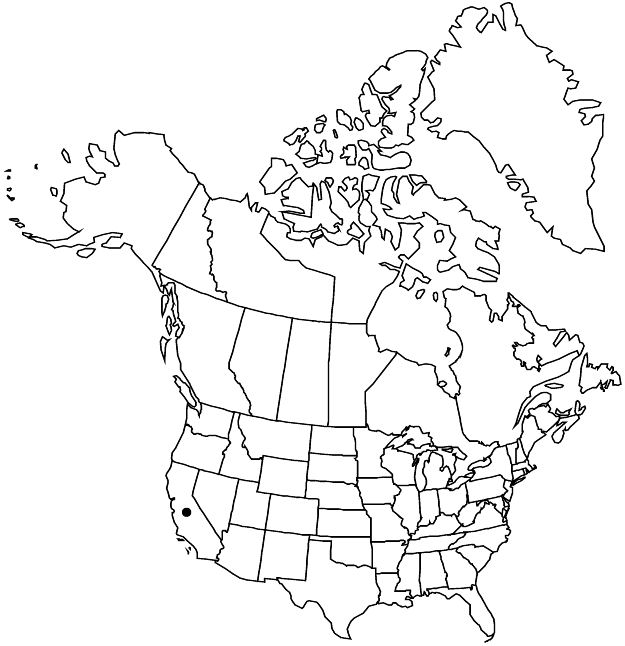Ivesia lycopodioides var. megalopetala
Novon 17: 324. 2007.
Stems ascending to erect, 1–3 dm. Basal leaves 4–15 cm; leaflets loosely overlapping, ± glabrous or sparsely short-hirsute, lobes linear to oblanceolate, 2–8 mm, apical setae 0–0.5 mm. Cauline leaves 1–2(–3). Inflorescences ± open to congested, sometimes subcapitate, 5–20(–25)-flowered, 1–2.5(–3.5) cm diam. Flowers 8–12 mm diam.; petals broadly obovate, 3–5 × 2–4 mm; filaments (1–)1.5–2 mm; styles 2.5–3 mm.
Phenology: Flowering summer.
Habitat: Wet meadows, in sagebrush communities, subalpine conifer woodlands, alpine tundra
Elevation: 2300–3700 m
Discussion
Variety megalopetala is known from the southern Sierra Nevada from Mono and Tuolumne to Tulare counties. It tends to be the largest of the three varieties, with plants having larger flowers and longer and narrower leaflet lobes, which commonly have apical setae to 0.5 mm. Variety megalopetala is also more likely to occur in wet meadows along subalpine streams.
Selected References
None.
